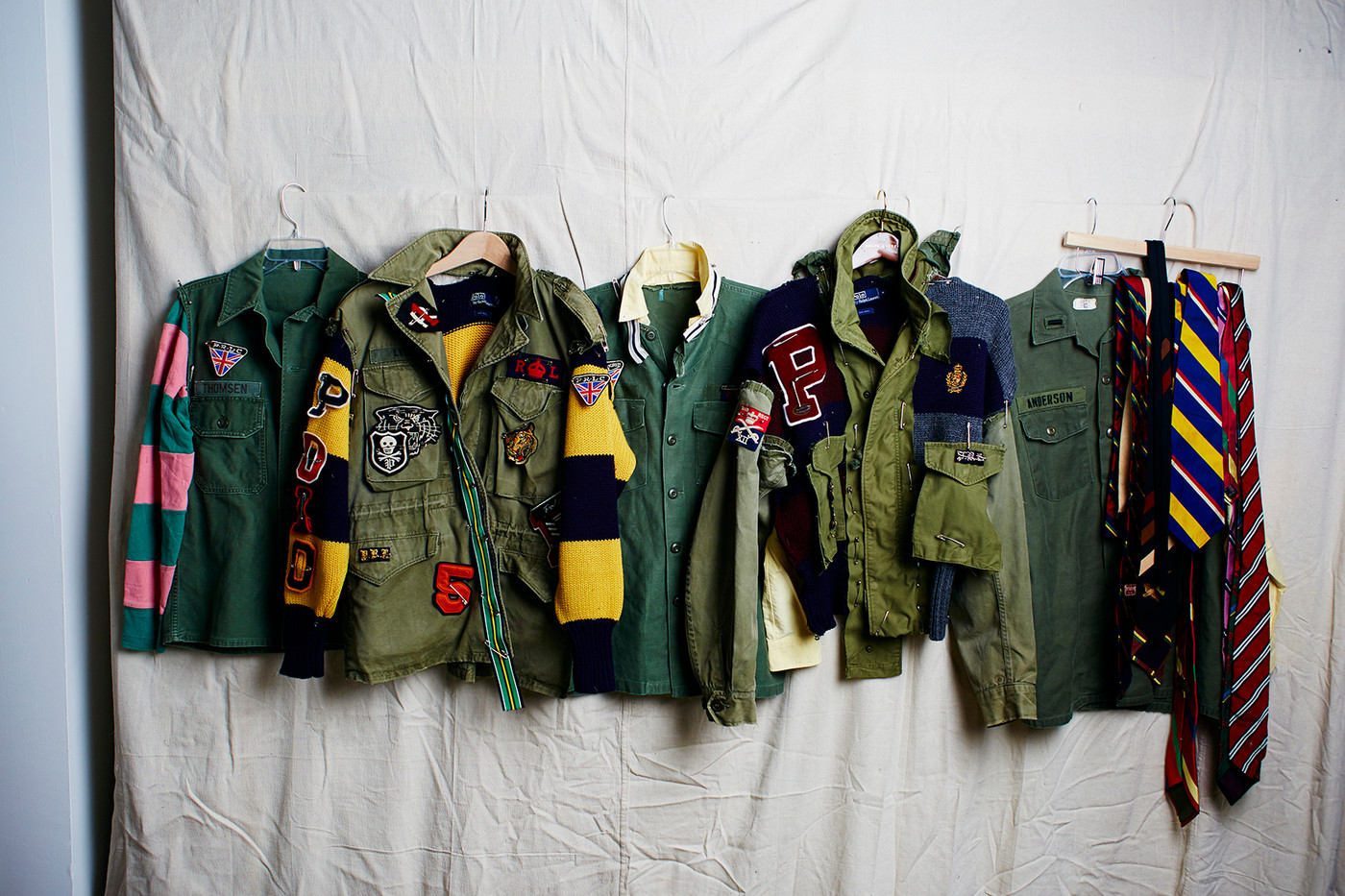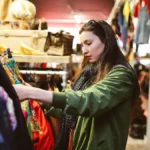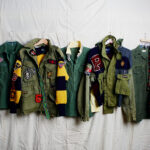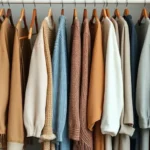Upcycling old clothes DIY transforms your wardrobe sustainably while unleashing creativity. By repurposing garments, you reduce waste and contribute to environmental conservation. Organizations like Fashion Revolution advocate for upcycling, encouraging individuals to embrace eco-friendly fashion practices.
Whether you’re in New York City or London, upcycling offers accessible projects for beginners to refresh their style and make a positive impact.
Why Upcycling Old Clothes DIY Matters
Upcycling old clothes DIY promotes sustainability by reducing textile waste. The Environmental Protection Agency (EPA) estimates that over 11 million tons of textiles are discarded annually in the U.S. Upcycling addresses this issue by giving new life to garments, minimizing landfill contributions.
Additionally, it fosters creativity and personal expression, allowing individuals to customize their clothing uniquely. Embracing upcycling supports a circular economy, where resources are reused efficiently.
Understanding the Key Components of Upcycling Old Clothes DIY
Upcycling old clothes DIY involves several essential components:
- Selection: Choose garments in good condition suitable for transformation.
- Design: Plan your project, whether it’s altering, embellishing, or combining pieces.
- Tools and Materials: Gather necessary supplies like scissors, sewing machines, and embellishments.
- Techniques: Apply sewing, embroidery, or painting to achieve your desired look.
- Finishing: Ensure the final product is polished and wearable.
These components work together to create functional and stylish new items from pre-loved clothes, promoting sustainable fashion practices.
Common Opportunities in Upcycling Old Clothes DIY
Upcycling old clothes DIY offers numerous opportunities for creativity and sustainability:
- Skill Development: Enhance your sewing and design techniques through hands-on projects.
- Time Management: Engage in rewarding activities that fit your schedule, allowing for flexible project completion.
- Material Innovation: Explore a variety of old clothes to discover unique transformation possibilities.
- Resource Optimization: Utilize available tools and materials efficiently, making the most of your creative resources.
Embracing these opportunities makes upcycling an enjoyable and fulfilling hobby for all.
How to Overcome Challenges in Upcycling Old Clothes DIY
Implement strategies to tackle common upcycling challenges:
- Learn Basic Skills: Take online tutorials or join workshops to build sewing and design expertise.
- Start Small: Begin with simple projects like adding patches or altering hemlines to build confidence.
- Organize Materials: Keep your workspace tidy and have all necessary tools on hand to streamline the process.
- Source Wisely: Visit thrift stores or organize clothing swaps to find suitable garments for upcycling.
- Seek Inspiration: Follow upcycling communities on platforms like Pinterest or Instagram for creative ideas and support.
These strategies enhance your upcycling experience, making it enjoyable and efficient.
Real-World Examples and Case Studies of Upcycling Old Clothes DIY
Successful upcycling projects showcase creativity and sustainability:
- Patagonia’s Worn Wear Program: Encourages customers to repair and repurpose their gear, extending product life and reducing waste.
- Trash is Couture: A global movement where designers create high-fashion pieces from discarded materials, highlighting the potential of upcycling.
- Emma Watson’s Eco-Friendly Fashion Line: Collaborates with sustainable brands to produce stylish, upcycled clothing, promoting environmental responsibility in the fashion industry.
These examples demonstrate the positive impact and possibilities of upcycling in both personal and commercial contexts.
Frequently Asked Questions About Upcycling Old Clothes DIY
What is upcycling old clothes DIY?
Upcycling old clothes DIY involves transforming pre-owned garments into new, functional, or decorative items, enhancing their value and reducing waste.
How can beginners start upcycling old clothes?
Beginners can start by selecting simple projects like adding patches, altering lengths, or customizing with fabric paint. Online tutorials and workshops can provide guidance and inspiration.
What are the benefits of upcycling old clothes?
Upcycling promotes sustainability by reducing textile waste, fosters creativity, saves money, and allows for personalized fashion expressions.
Can upcycling old clothes save money?
Yes, upcycling can save money by repurposing existing garments instead of purchasing new ones, and it often costs less than buying bespoke or designer items.
What tools are needed for upcycling old clothes DIY?
Basic tools include scissors, sewing needles or a sewing machine, fabric glue, embroidery supplies, and embellishments like buttons or patches.
Key Takeaways for Upcycling Old Clothes DIY
- Sustainability: Upcycling reduces textile waste and supports environmental conservation.
- Creativity: Transforming old clothes fosters personal expression and innovative design.
- Accessibility: With basic tools and skills, anyone can start upcycling projects.
- Community Support: Organizations like Fashion Revolution provide resources and inspiration for upcyclers.
- Economic Benefits: Upcycling can be a cost-effective way to refresh your wardrobe.
Embrace upcycling old clothes DIY to contribute to a sustainable future while enjoying creative and fulfilling projects.







